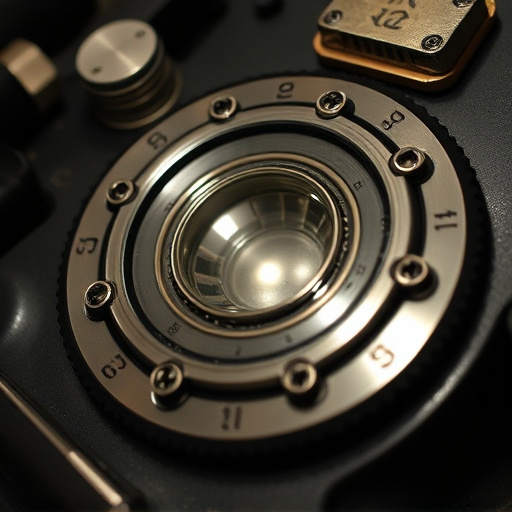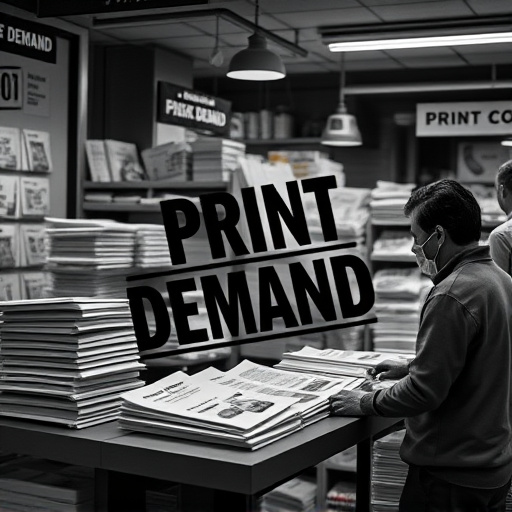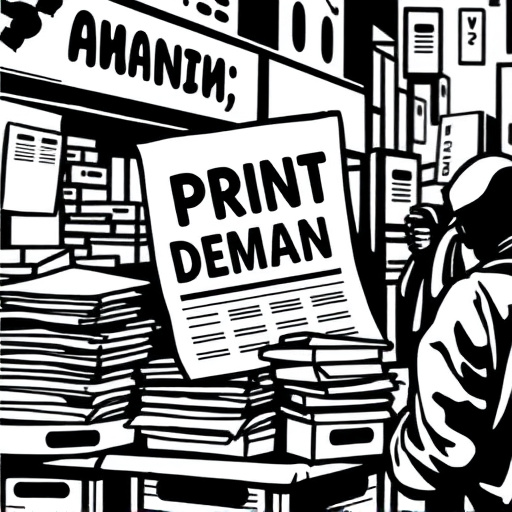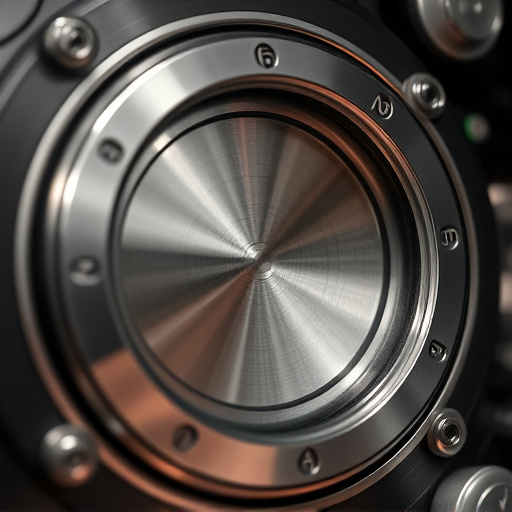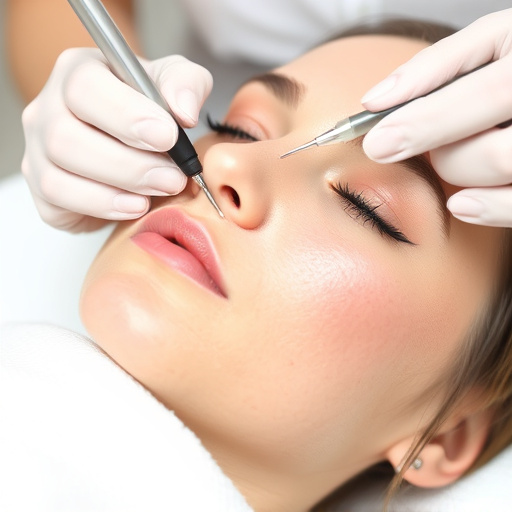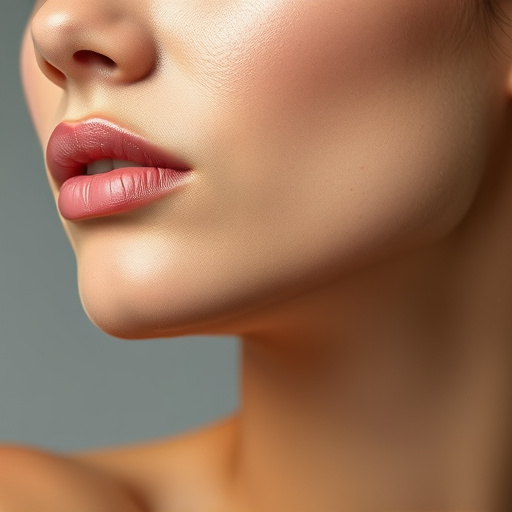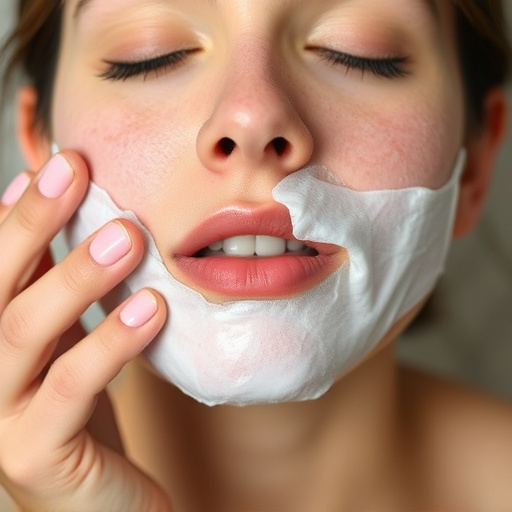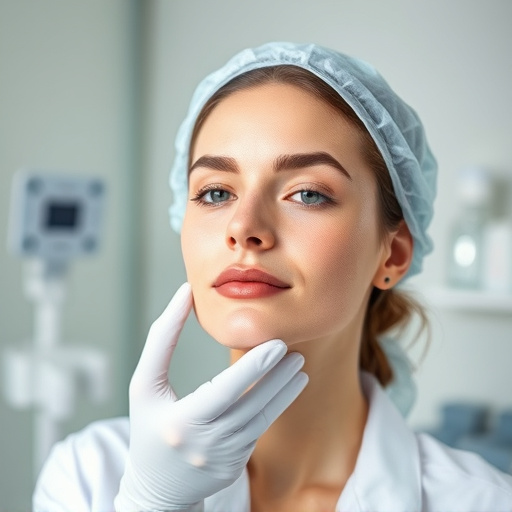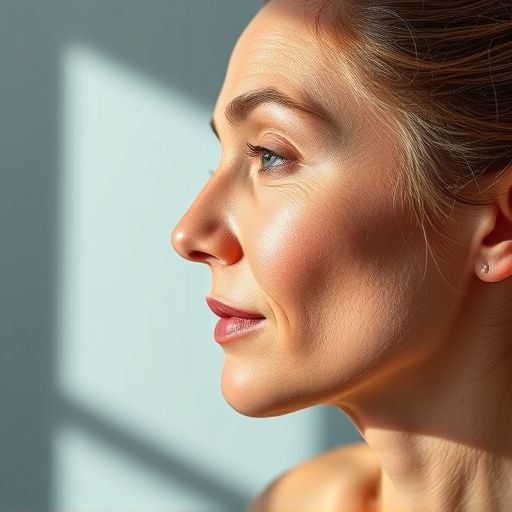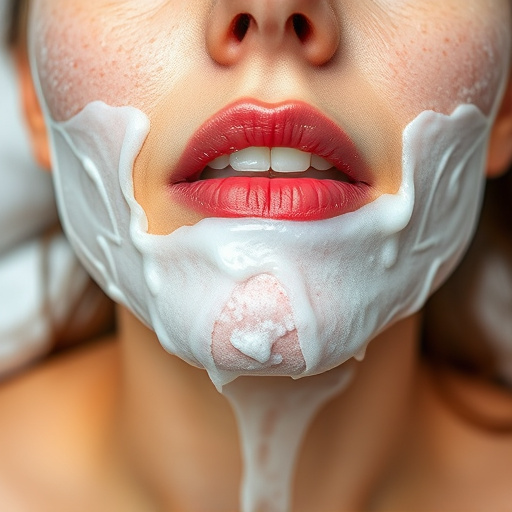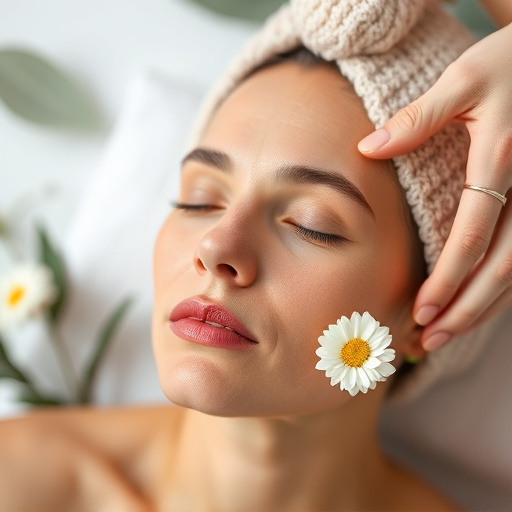Cystic acne, caused by hormonal fluctuations, genetic factors, and clogged pores, requires specialized treatments like topical medications (retinoids, benzoyl peroxide), oral antibiotics (isotretinoin), and surgical interventions. Non-pharmacological methods include extracting cysts, dermabrasion, and laser therapy. Oral cystic acne treatment, such as isotretinoin, targets root causes, preventing new cyst formation and reducing existing ones. For personalized guidance, consult a dermatologist who can offer tailored skincare routines and advanced procedures like laser hair removal, effectively managing both symptoms and underlying causes of cystic acne.
Cystic acne, a severe form of acne, demands targeted treatments beyond conventional methods. Understanding this condition’s unique characteristics is crucial for effective management. This article delves into the key differences between oral and topical cystic acne treatments, exploring mechanisms, benefits, and considerations. By examining these options, individuals can make informed decisions, aiming to clear skin and restore confidence through tailored cystic acne treatment approaches.
- Understanding Cystic Acne: A Deep Dive into the Condition
- Oral Cystic Acne Treatment: Mechanisms and Benefits
- Topical Cystic Acne Treatments: Options and Considerations
Understanding Cystic Acne: A Deep Dive into the Condition
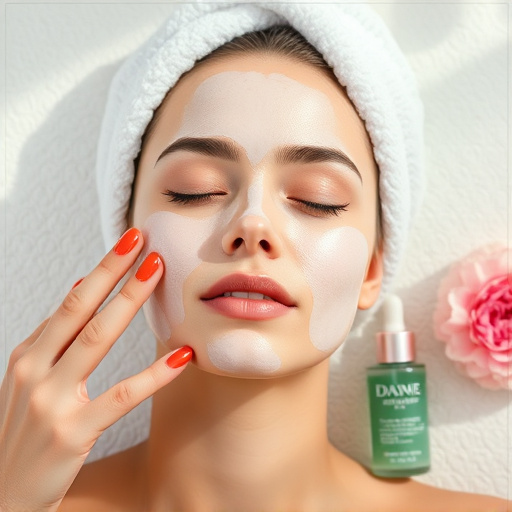
Cystic acne is a severe form of acne that goes beyond the typical pimples and blackheads. It manifests as deep-seated lumps or cysts beneath the skin’s surface, often causing significant inflammation and scarring. This condition requires specialized treatment approaches due to its unique characteristics.
Understanding cystic acne involves recognizing its causes, which include hormonal fluctuations, genetic predisposition, and clogged pores. The cysts form when sebum (skin oil) and dead skin cells accumulate within hair follicles, leading to bacterial growth. Unlike regular acne, cystic acne tends to be more painful and persistent, often requiring professional intervention. Key treatments focus on reducing inflammation, inhibiting bacterial growth, and promoting skin healing. This may involve topical medications, oral antibiotics, or even surgical interventions for severe cases. Additionally, procedures like extracting cysts, dermabrasion, and laser therapy can help manage symptoms, while skincare practices such as regular cleansing, exfoliation, and moisturizing (especially with hydrating facials) support overall skin health and aid in pore refinement, contributing to the effective management of cystic acne.
Oral Cystic Acne Treatment: Mechanisms and Benefits
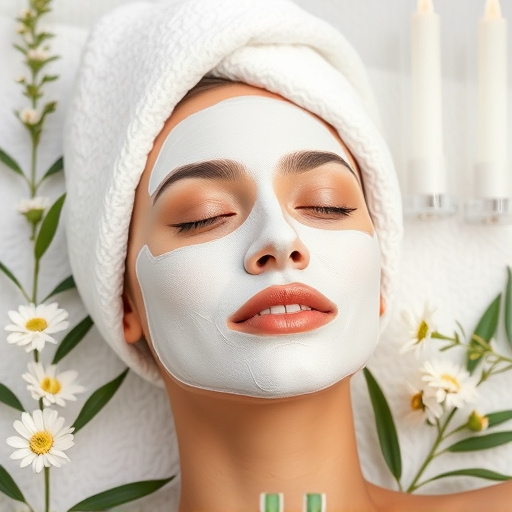
Oral cystic acne treatment involves administering medications that target the underlying causes of the condition. These treatments work by modulating hormones, reducing inflammation, and inhibiting bacteria growth. One common oral medication is isotretinoin, which has been shown to be highly effective in treating severe cystic acne. This drug works by blocking the production of sebum, the oily substance produced by skin glands that can contribute to clogged pores and inflammation.
The benefits of oral cystic acne treatment include its ability to reach deep into the skin’s layers, addressing the root cause of cysts. Unlike topical treatments that only act on the surface, oral medications can help prevent new cysts from forming and reduce the overall number of existing ones. Additionally, these treatments offer a more comprehensive approach, considering the hormonal and inflammatory aspects of cystic acne, making them suitable for patients who haven’t responded well to other forms of therapy, such as chemical peels, microneedling therapy, or laser hair removal.
Topical Cystic Acne Treatments: Options and Considerations
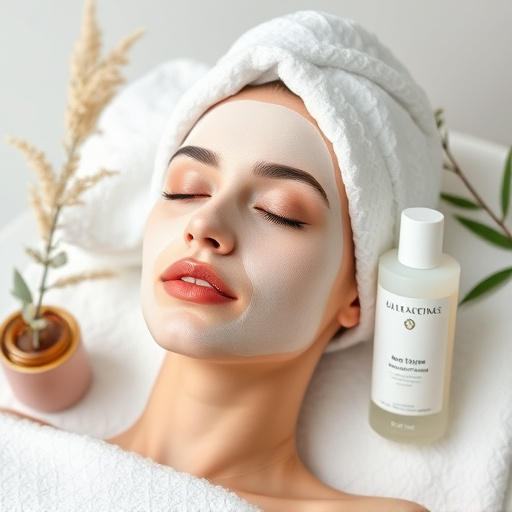
Topical cystic acne treatments offer a range of options for those struggling with this severe form of acne. Depending on the severity and specific needs, individuals can choose from various topical medications, including retinoids, benzoyl peroxide, salicylic acid, and clindamycin gel. These active ingredients help to unclog pores, reduce inflammation, and kill bacteria, which are key factors in cystic acne development.
When considering a topical approach, it’s essential to consult with a dermatologist or skincare expert to determine the best product combination for your skin. They can guide you through the various professional skincare routines, pore refinement techniques, and even discuss advanced treatments like laser hair removal (a common side effect of cystic acne) to address both the symptoms and underlying causes effectively.
In exploring the oral vs topical cystic acne treatment debate, it’s clear that both approaches have their merits. Oral treatments offer systemic alleviation by targeting the root causes of cystic acne, while topicals provide targeted, localized relief. The ideal choice depends on individual needs and severity. For more severe cases, oral medications may be necessary to prevent scarring and promote long-term skin health. Conversely, topical solutions can effectively manage milder forms of cystic acne. Ultimately, consulting a dermatologist is key to determining the best cystic acne treatment plan for optimal results.
